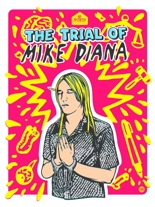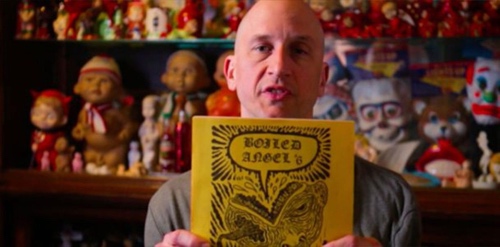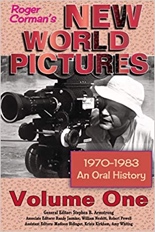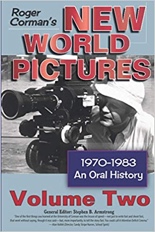
 I was smack dab in the middle of the so-called zine revolution, writing and publishing my work on an irregular basis. As a contributor to the scene, I was clinically obsessed with the trade publication of the amateur industry, Factsheet 5. It was there where I first learned about Mike Diana, the publisher of Boiled Angel, a badly drawn comic featuring some of the most socially deviant acts of satanic sex.
I was smack dab in the middle of the so-called zine revolution, writing and publishing my work on an irregular basis. As a contributor to the scene, I was clinically obsessed with the trade publication of the amateur industry, Factsheet 5. It was there where I first learned about Mike Diana, the publisher of Boiled Angel, a badly drawn comic featuring some of the most socially deviant acts of satanic sex.
At the time, I thought he was an attention-seeking sociopath who, like many zinesters, was looking for that big break into the mainstream. And, after viewing this documentary, it looks as though, for the most part, I was right and he definitely got it.
Helmed by Basket Case auteur Frank Henenlotter, Boiled Angels: The Trial of Mike Diana tells the tale of a man and his zine, a grotty little manifesto that got him in trouble with Florida law, mostly for his cartoons of rotten cannibalism, hardcore sex and other acts of salacious storytelling.
While I would have (should have?) purchased it at the time and just forgotten about it, instead the trashiest state in the union decided to punish him for the immoral zine, causing him to become a hero in the eyes of those who independently published even lesser material. And I’ll admit it: I was one of them. While Diana is very much a troubled soul who should have been left by the wayside the way most zine publishers were, I guess the movement needed a hero and he was, whether he wanted to be, it.
Judging on what he was publishing, I guess it was somewhat worth it, although I don’t think he was mentally prepared for it. If I’m being honest, neither were any of the zinesters at the time, with most of us finally knowing the true story of Diana and Boiled Angel thanks to this documentary; as they say, knowing is half the battle. So while I can’t say Diana is a personal hero, to those of us doing zines, he was definitely on the far right — or is it left? — of the heroic scale. —Louis Fowler



 For Wonder Woman 1984, the sequel to
For Wonder Woman 1984, the sequel to 
 What takes the air out of WW84 is the common archenemy of superhero cinema: third-act bloat. Given its 2.5-hour running time, one could make the case for fourth-act bloat as well. By then, Max Lord’s quest for world domination has been run into the ground with nowhere else to go but run further into the ground, to the point of subterranean. Barbara’s own transformation from human hottie to a CGI cheetah woman is needless, especially as the character resembles an
What takes the air out of WW84 is the common archenemy of superhero cinema: third-act bloat. Given its 2.5-hour running time, one could make the case for fourth-act bloat as well. By then, Max Lord’s quest for world domination has been run into the ground with nowhere else to go but run further into the ground, to the point of subterranean. Barbara’s own transformation from human hottie to a CGI cheetah woman is needless, especially as the character resembles an 







